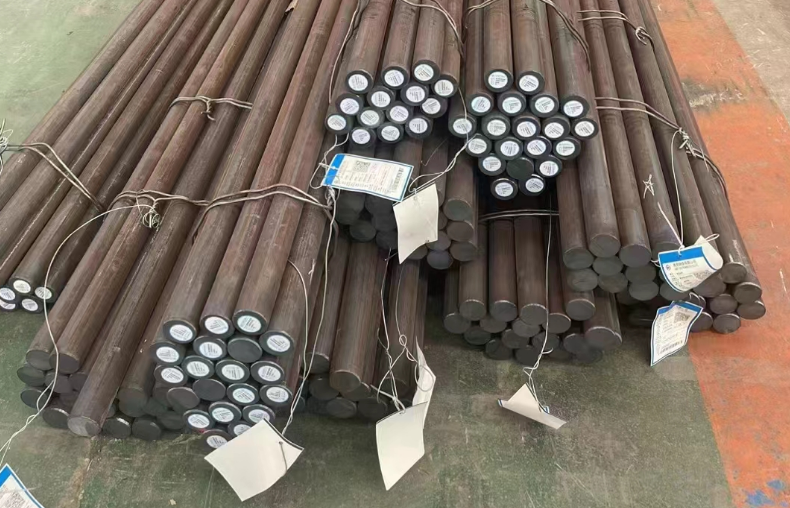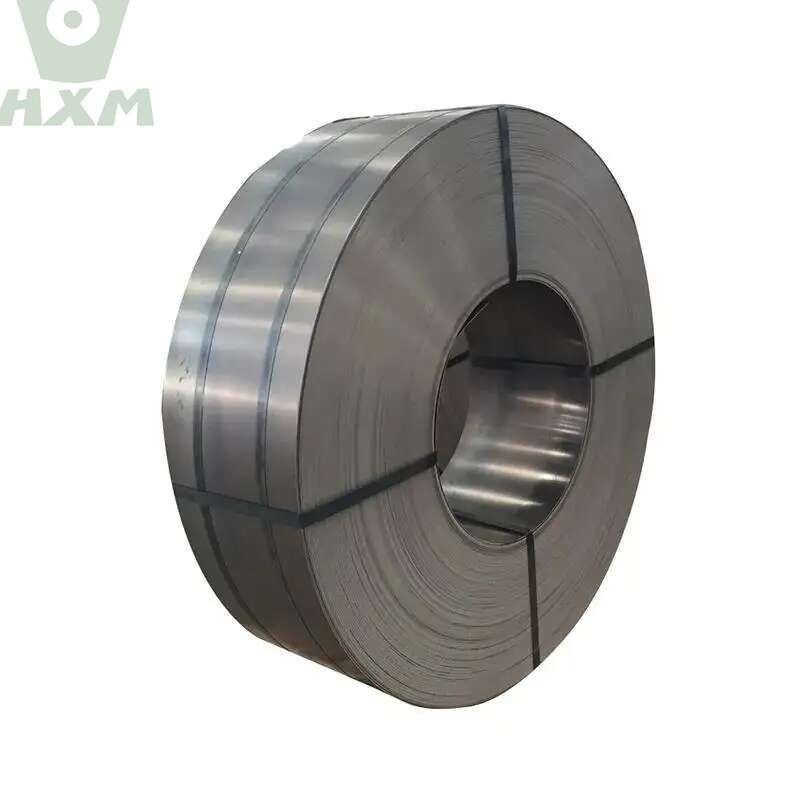Many of our customers have the question: “Chromoly vs Mild Steel: What’s the Difference?” While both materials are widely used in various industries, they possess distinct properties and applications. In this article, I aim to provide a comprehensive, accurate, detailed, and authoritative comparison between Chromoly Steel and Mild Steel, exploring their chemical composition, mechanical properties, welding characteristics, and common uses.

Chromoly vs Mild Steel: What’s the Difference?
Chromoly vs Mild Steel – 1. Chemical Composition
The fundamental difference between Chromoly and Mild Steel lies in their chemical composition. Chromoly, also known as Chrome–Molybdenum steel, gets its name from the addition of chromium and molybdenum, which are key elements in enhancing corrosion resistance and high-temperature strength. The chromium content typically ranges from 0.8% to 1.5%, while molybdenum content is usually around 0.15% to 0.25%. This alloying combination makes Chromoly steel highly resistant to corrosion and oxidation, particularly in harsh environments.
On the other hand, Mild Steel, also referred to as low-carbon steel, has a carbon content of up to 0.3% and very limited amounts of other alloying elements. Its low carbon content gives it good weldability and formability, but its corrosion resistance is not as robust as Chromoly.
Chromoly vs Mild Steel – 2. Mechanical Properties
Mechanically, Chromoly steel excels in strength and ductility, making it suitable for high-stress applications. The addition of chromium and molybdenum strengthens the steel by increasing its tensile strength and yield strength while maintaining good ductility and toughness. This combination of properties makes Chromoly steel suitable for use in high-temperature and corrosive environments.
Mild Steel, while having good weldability and formability, lacks the strength and ductility of Chromoly. Its low carbon content results in lower tensile strength and yield strength, limiting its use to applications that do not require extreme strength or corrosion resistance.
Chromoly vs Mild Steel – 3. Welding Characteristics
Welding Chromoly steel requires special attention due to its alloy content. The chromium and molybdenum can affect the weldability and require specific welding procedures and materials to avoid cracking and other welding defects. Preheat and post-weld heat treatment may be necessary to ensure proper weld quality.
On the other hand, Mild Steel is relatively easy to weld and requires less stringent welding procedures. It can be welded using a variety of welding methods and materials, making it a popular choice for welding applications.
Chromoly vs Mild Steel – 4. Common Uses
Chromoly steel’s excellent corrosion resistance and high-temperature strength make it ideal for use in applications such as automotive exhaust systems, chemical processing equipment, and oil and gas pipelines. Its strength and ductility also make it suitable for structural applications where high strength and durability are required.
Mild Steel, due to its good weldability and formability, is widely used in construction, automotive, and machinery industries. It is commonly used for general structural purposes, such as beams, plates, and frames, where corrosion resistance is not the primary concern.
Conclusion
In conclusion, Chromoly vs Mild Steel differs significantly in chemical composition, mechanical properties, welding characteristics, and common uses. Chromoly steel, with its enhanced corrosion resistance and high-temperature strength, is ideal for demanding applications, while Mild Steel, with its good weldability and formability, is suitable for general structural and non-corrosive applications.
Thank you for reading our article and we hope it can help you to have a better understanding of the differences between Chromoly vs Mild Steel. If you are looking for carbon steel suppliers online now, we would advise you to contact Huaxia Steel.
As a leading supplier of carbon steel products from Shanghai China, Huaxia Steel offers customers high-quality carbon steel, tool steel, alloy steel, carbon steel tubes, and carbon steel pipes at a very competitive price.








